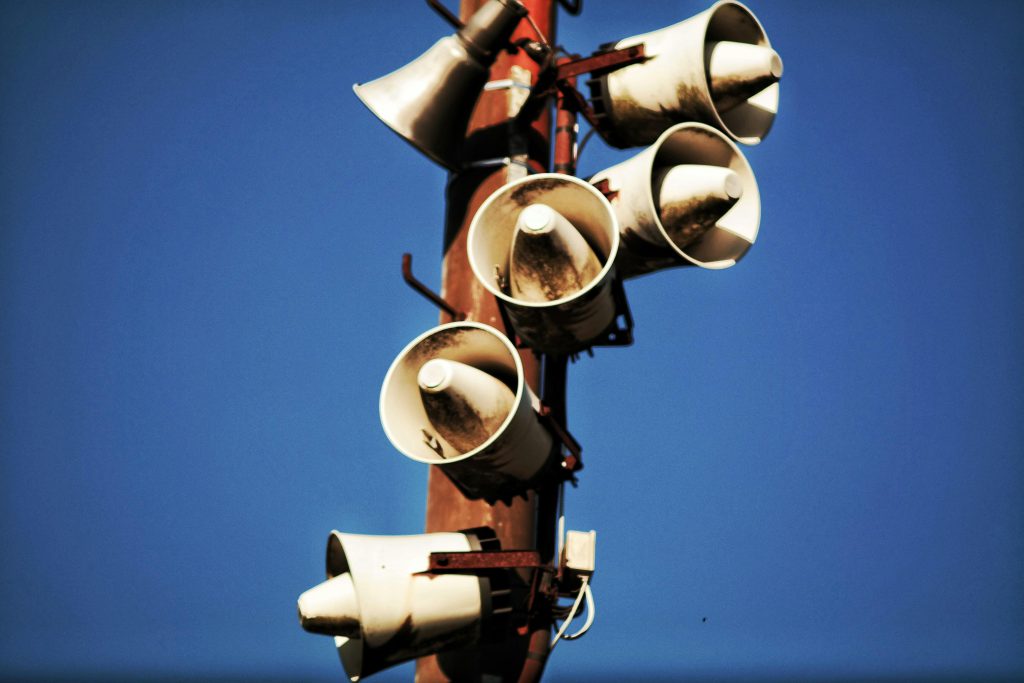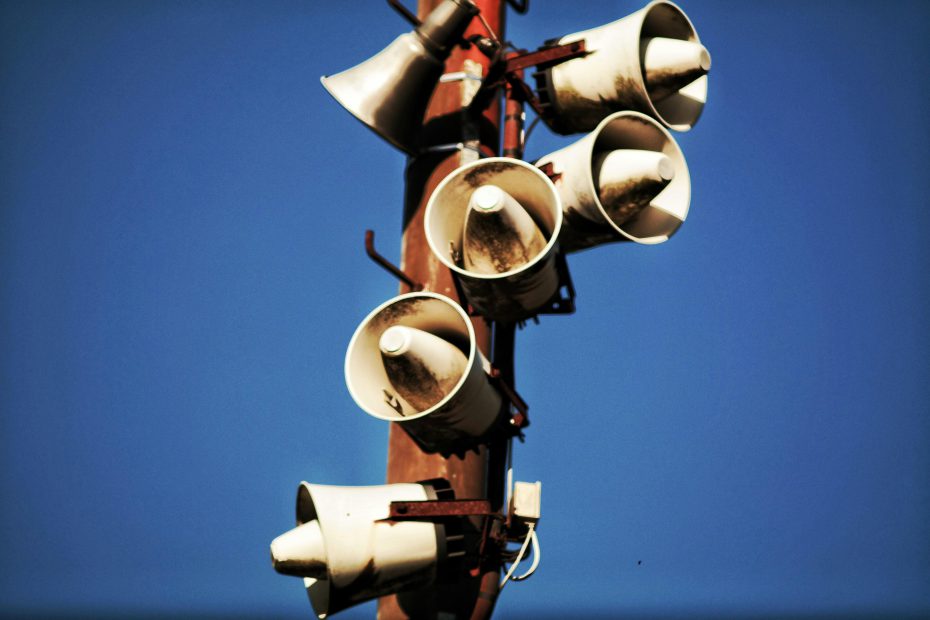Class D Amplifiers Shaping the Future of Audio
Class D amplifiers have revolutionized the audio industry with their unparalleled efficiency, compact design, and exceptional sound quality. As a cornerstone of modern audio technology, these amplifiers are now a staple in home theaters, professional audio setups, and portable sound systems. Understanding why Class D amplifiers are shaping the future of audio can help you harness their full potential for your own audio needs.

What Are Class D Amplifiers?
An Overview of Class D Amplifiers
Class D amplifiers are a type of audio amplification technology that uses pulse-width modulation (PWM) or similar techniques to amplify audio signals efficiently. Unlike traditional Class A or Class AB amplifiers, which rely on continuous current flow, Class D amplifiers switch on and off rapidly, reducing energy loss and heat generation.
Key Characteristics of Class D Amplifiers
- High Efficiency: Operates with efficiency levels above 90%, making them energy-saving solutions.
- Compact Size: Their design requires fewer and smaller components, allowing for lightweight and portable devices.
- Reduced Heat Output: Minimal energy waste as heat ensures cooler operation and longer lifespan.
Features of Class D Amplifiers
Exceptional Energy Efficiency
Class D amplifiers are renowned for their energy efficiency. Unlike other amplifier classes, they waste minimal energy as heat, ensuring more power is directed toward driving the speakers.
- Switching Technology: Utilizes high-speed transistors to amplify signals without continuous current flow.
- Improved Battery Life: Ideal for portable devices where conserving power is crucial.
Compact and Lightweight Design
The small size of Class D amplifiers makes them perfect for modern applications where space is limited. Whether in portable speakers or professional PA systems, their compact nature is a game-changer.
Versatility
Class D amplifiers cater to a wide range of applications, from low-power headphones to high-power concert systems. Their adaptability ensures they meet the needs of diverse audio environments.
Benefits of Class D Amplifiers
Enhanced Audio Performance
Advances in Class D amplifier technology have addressed early concerns about sound quality, making them comparable to—or even surpassing—traditional amplifiers.
- High Fidelity Sound: Produces clear, distortion-free audio across all frequencies.
- Wide Dynamic Range: Handles subtle audio details and powerful bass with equal precision.
Cost-Effective Solution
Thanks to their efficient use of energy and minimal cooling requirements, Class D amplifiers reduce operational and maintenance costs over time.
Eco-Friendly Technology
By consuming less power and generating less heat, Class D amplifiers are an environmentally friendly option for audio enthusiasts and professionals.
Applications of Class D Amplifiers
Consumer Electronics
Class D amplifiers are widely used in consumer electronics, including:
- Bluetooth Speakers: Offering compact size and extended battery life.
- Home Theater Systems: Providing powerful, high-quality sound for immersive entertainment.
- Headphones and Earbuds: Delivering excellent sound clarity in portable formats.
Professional Audio
In the professional realm, Class D amplifiers power PA systems, stage monitors, and large-scale sound reinforcement setups. Their ability to deliver high power without overheating makes them indispensable for concerts and events.
Automotive Audio
Car audio systems benefit from the efficiency and compactness of Class D amplifiers, ensuring powerful sound without draining the vehicle’s battery.
How Class D Amplifiers Compare to Other Amplifier Classes
Class A Amplifiers
- Pros: Exceptional sound quality, minimal distortion.
- Cons: Low efficiency, large size, and significant heat output.
Class AB Amplifiers
- Pros: Balance of sound quality and efficiency.
- Cons: Less efficient than Class D amplifiers, still generates noticeable heat.
Class D Amplifiers
- Pros: Superior efficiency, compact size, and minimal heat generation.
- Cons: Historically associated with audio distortion, though modern designs have largely resolved this.
Advances in Class D Amplifier Technology
Digital Signal Processing (DSP)
Modern Class D amplifiers integrate DSP technology to enhance audio quality and allow for fine-tuned customization. Features include:
- Equalization: Adjusts frequency response to suit different environments.
- Dynamic Range Control: Maintains consistent audio levels without clipping or distortion.
Improved Switching Speeds
Faster switching transistors have minimized noise and distortion, ensuring high-fidelity audio performance.
Integration with Wireless Technology
Many Class D amplifiers now support Bluetooth and Wi-Fi connectivity, enabling seamless integration with smart home systems and wireless audio devices.
Setting Up Class D Amplifiers
Step 1: Match with Compatible Components
Ensure that your amplifier’s power output matches the impedance and wattage of your speakers. Mismatched components can lead to suboptimal performance or damage.
Step 2: Proper Placement
Place the amplifier in a well-ventilated area to maintain optimal operating temperature, even though Class D amplifiers generate minimal heat.
Step 3: Fine-Tune Settings
Use the amplifier’s controls or integrated DSP features to adjust sound settings for your specific needs. Test with different audio sources to achieve the best results.
Maintenance Tips for Class D Amplifiers
Regular Cleaning
Dust and debris can accumulate on the amplifier’s vents, potentially affecting performance. Clean these areas with compressed air or a soft brush.
Avoid Overloading
Do not exceed the amplifier’s recommended power levels. Overloading can cause overheating and damage internal components.
Firmware Updates
For amplifiers with digital features, keep firmware updated to ensure access to the latest performance enhancements and compatibility improvements.
Future Trends in Class D Amplifiers
Integration with AI
AI-powered Class D amplifiers are on the horizon, promising smarter sound adjustments based on real-time environmental analysis.
Advanced Materials
The use of advanced materials like graphene in transistors and circuits is expected to further enhance performance and efficiency.
Sustainability Focus
Manufacturers are prioritizing eco-friendly designs, reducing the environmental impact of Class D amplifiers through recyclable components and energy-efficient operation.
Class D amplifiers are undeniably shaping the future of audio. Their combination of high efficiency, compact design, and exceptional sound quality makes them the go-to choice for a wide range of applications. Whether you’re upgrading a home theater, setting up a professional sound system, or enjoying portable audio, Class D amplifiers deliver performance and reliability that redefine what’s possible in modern sound systems. Embrace the future of audio with Class D amplifiers and elevate your listening experience to the next level.
